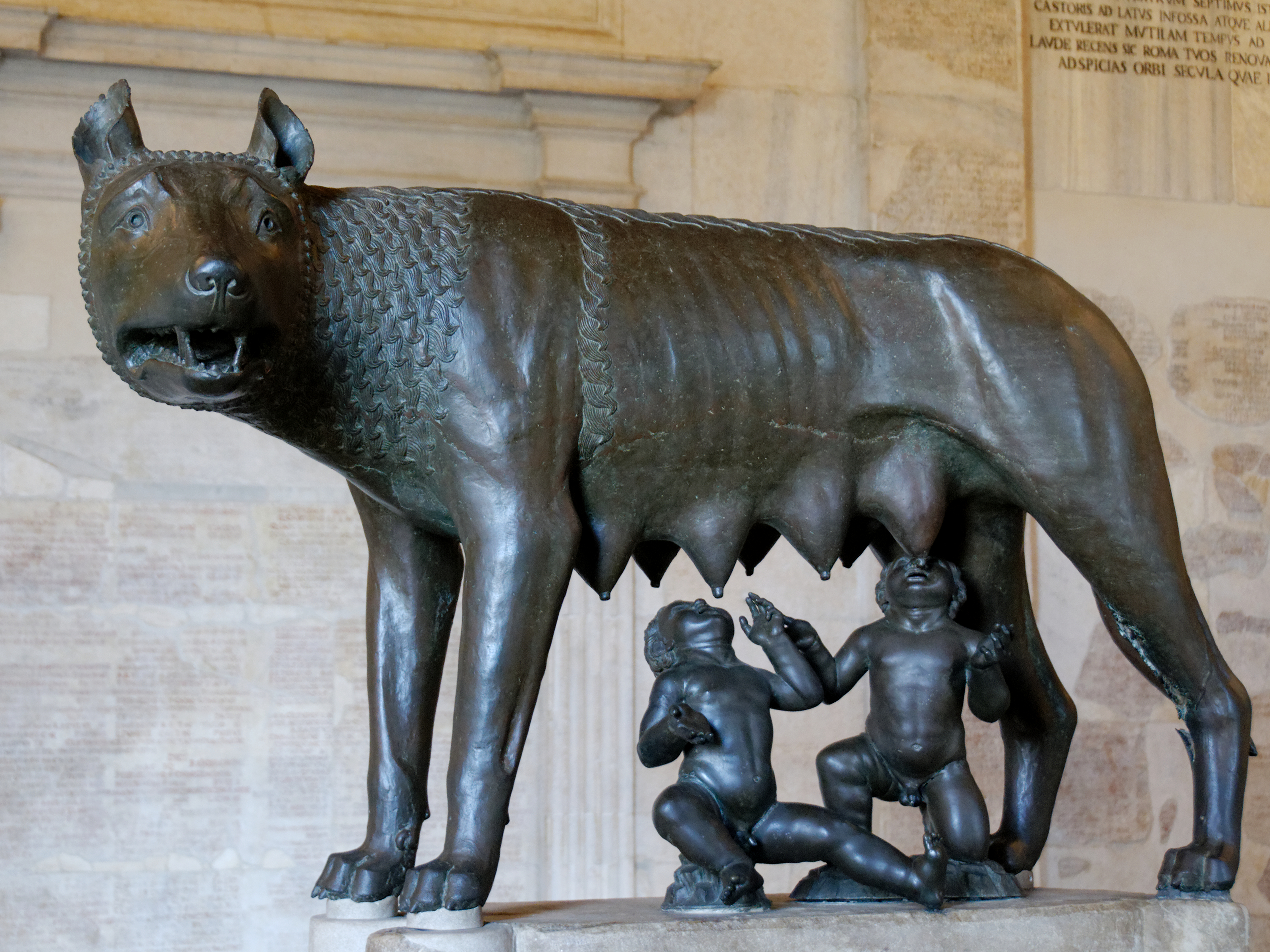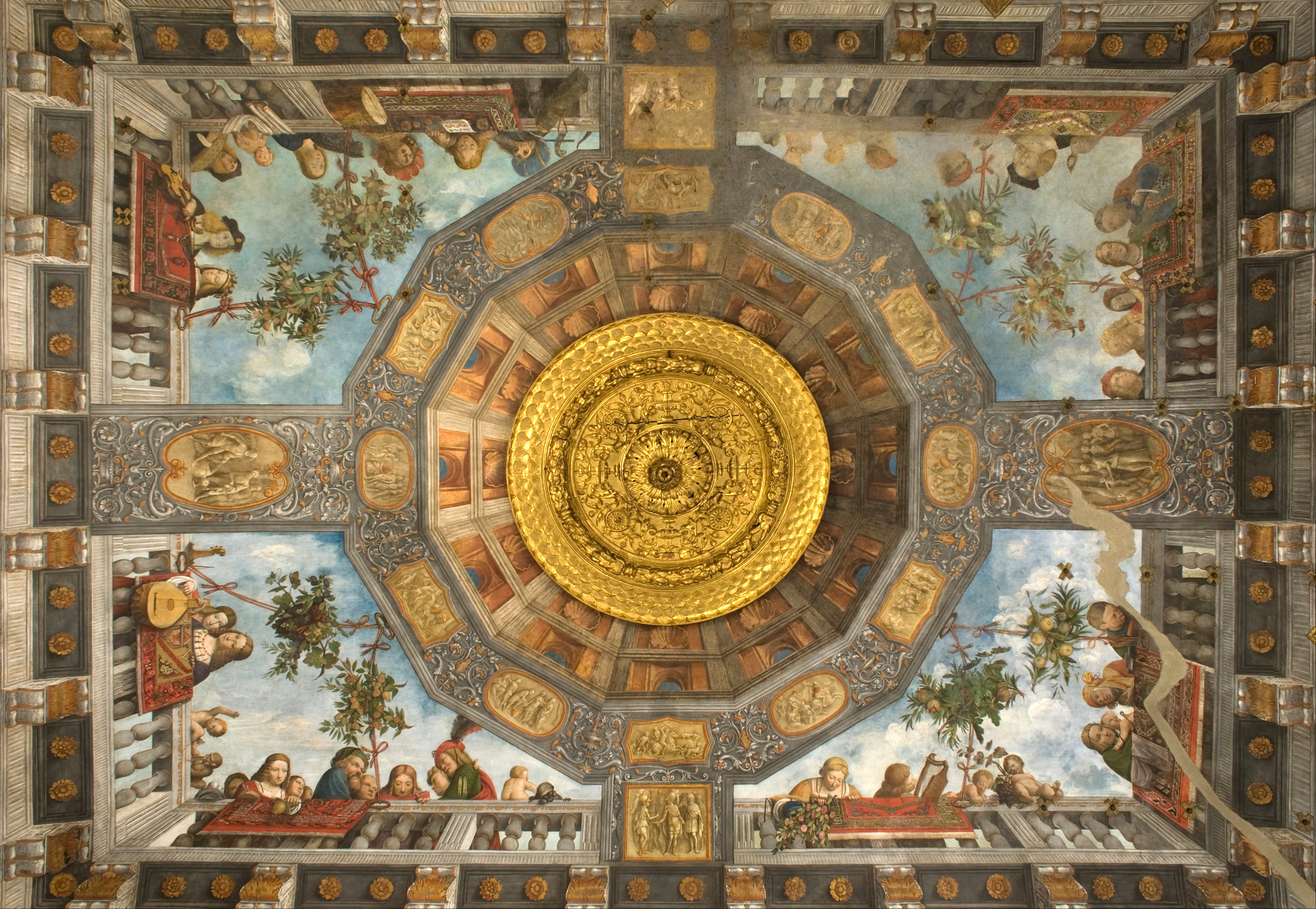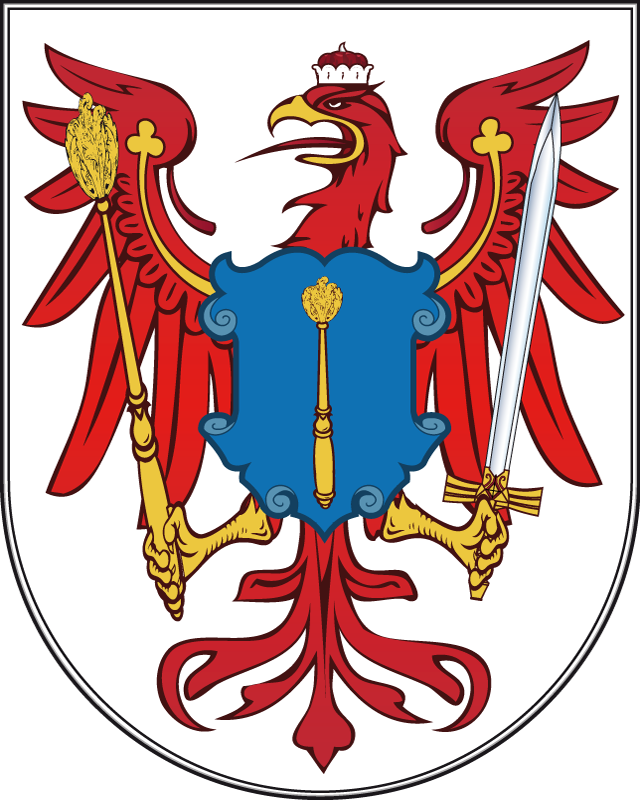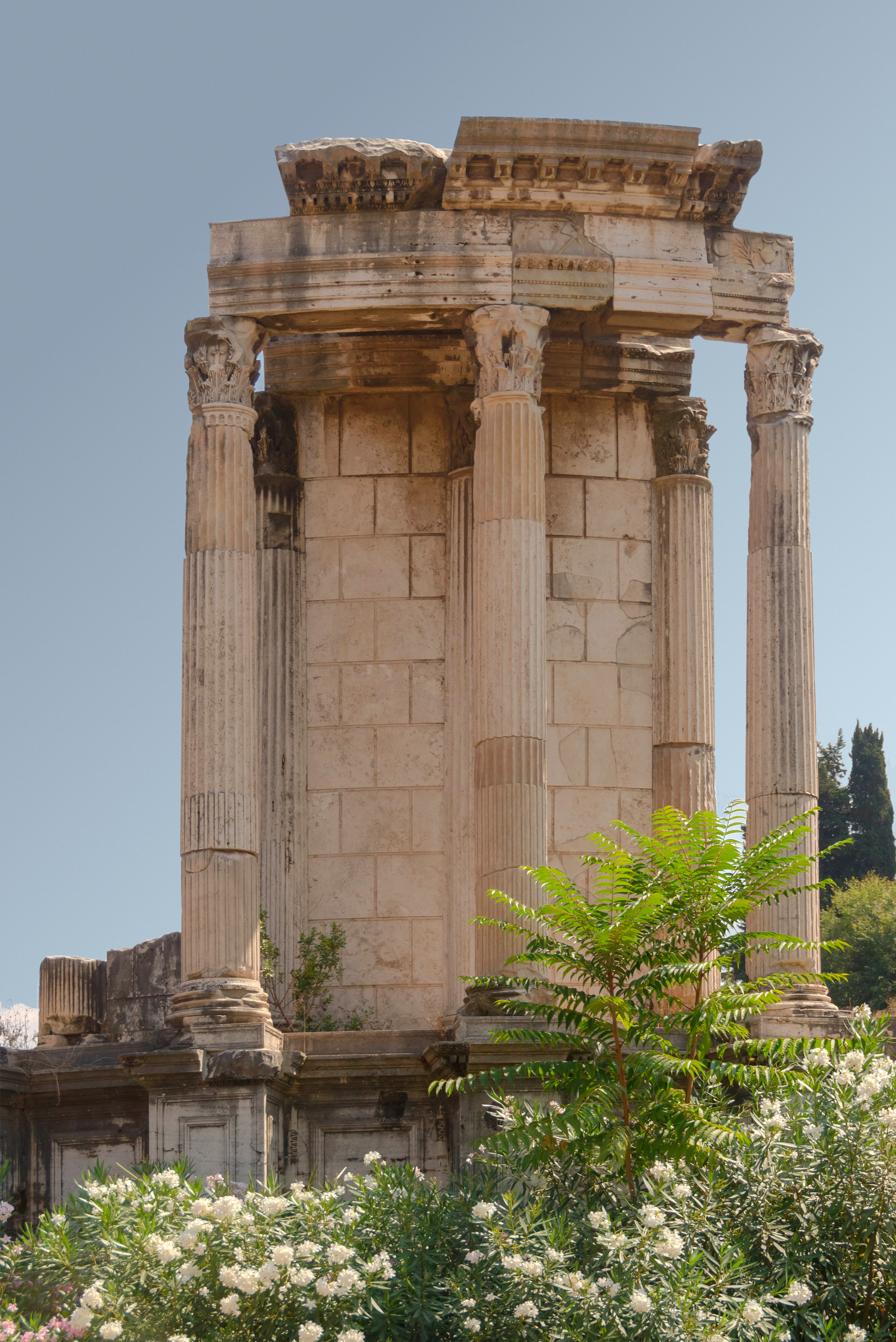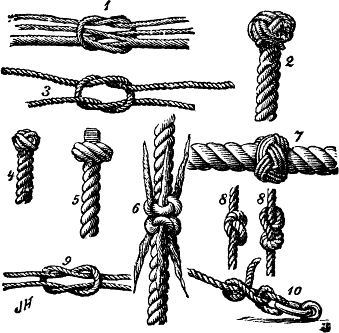|
Swag (motif)
A festoon (from French ''feston'', Italian ''festone'', from a Late Latin ''festo'', originally a festal garland, Latin ''festum'', feast) is a wreath or garland hanging from two points, and in architecture typically a carved ornament depicting conventional arrangement of flowers, foliage or fruit bound together and suspended by ribbons. The motif is sometimes known as a swag when depicting fabric or linen.Sturgis, pp. 22-23 In modern English the verb forms, especially "festooned with", are often used very loosely or figuratively to mean having any type of fancy decoration or covering. Origins and design Its origin is probably due to the representation in stone of the garlands of natural flowers, etc., which were hung up over an entrance doorway on fête days, or suspended around an altar. The design was largely employed both by the Ancient Greeks and Romans and formed the principal decoration of altars, friezes and panels. The ends of the ribbons are sometimes formed into b ... [...More Info...] [...Related Items...] OR: [Wikipedia] [Google] [Baidu] |
Motif (art)
In art and iconography, a motif () is an element of an image. The term can be used both of figurative and narrative art, and ornament and geometrical art. A motif may be repeated in a pattern or design, often many times, or may just occur once in a work. A motif may be an element in the iconography of a particular subject or type of subject that is seen in other works, or may form the main subject, as the Master of Animals motif in ancient art typically does. The related motif of confronted animals is often seen alone, but may also be repeated, for example in Byzantine silk and other ancient textiles. Where the main subject of an artistic work such as a painting is a specific person, group, or moment in a narrative, that should be referred to as the "subject" of the work, not a motif, though the same thing may be a "motif" when part of another subject, or part of a work of decorative art such as a painting on a vase. Ornamental or decorative art can usually be analysed in ... [...More Info...] [...Related Items...] OR: [Wikipedia] [Google] [Baidu] |
Metropolitan Museum Of Art
The Metropolitan Museum of Art of New York City, colloquially "the Met", is the largest art museum in the Americas. Its permanent collection contains over two million works, divided among 17 curatorial departments. The main building at 1000 Fifth Avenue, along the Museum Mile on the eastern edge of Central Park on Manhattan's Upper East Side, is by area one of the world's largest art museums. The first portion of the approximately building was built in 1880. A much smaller second location, The Cloisters at Fort Tryon Park in Upper Manhattan, contains an extensive collection of art, architecture, and artifacts from medieval Europe. The Metropolitan Museum of Art was founded in 1870 with its mission to bring art and art education to the American people. The museum's permanent collection consists of works of art from classical antiquity and ancient Egypt, paintings, and sculptures from nearly all the European masters, and an extensive collection of America ... [...More Info...] [...Related Items...] OR: [Wikipedia] [Google] [Baidu] |
Ancient Rome
In modern historiography, ancient Rome refers to Roman civilisation from the founding of the city of Rome in the 8th century BC to the collapse of the Western Roman Empire in the 5th century AD. It encompasses the Roman Kingdom (753–509 BC), Roman Republic (509–27 BC) and Roman Empire (27 BC–476 AD) until the fall of the western empire. Ancient Rome began as an Italic settlement, traditionally dated to 753 BC, beside the River Tiber in the Italian Peninsula. The settlement grew into the city and polity of Rome, and came to control its neighbours through a combination of treaties and military strength. It eventually dominated the Italian Peninsula, assimilated the Greek culture of southern Italy (Magna Grecia) and the Etruscan culture and acquired an Empire that took in much of Europe and the lands and peoples surrounding the Mediterranean Sea. It was among the largest empires in the ancient world, with an estimated 50 to 90 million inhabitants, roughly ... [...More Info...] [...Related Items...] OR: [Wikipedia] [Google] [Baidu] |
Trompe-l'œil
''Trompe-l'œil'' ( , ; ) is an artistic term for the highly realistic optical illusion of three-dimensional space and objects on a two-dimensional surface. ''Trompe l'oeil'', which is most often associated with painting, tricks the viewer into perceiving painted objects or spaces as real. Forced perspective is a related illusion in architecture. History in painting The phrase, which can also be spelled without the hyphen and ligature in English as ''trompe l'oeil'', originates with the artist Louis-Léopold Boilly, who used it as the title of a painting he exhibited in the Paris Salon of 1800. Although the term gained currency only in the early 19th century, the illusionistic technique associated with ''trompe-l'œil'' dates much further back. It was (and is) often employed in murals. Instances from Greek and Roman times are known, for instance in Pompeii. A typical ''trompe-l'œil'' mural might depict a window, door, or hallway, intended to suggest a larger room. A ver ... [...More Info...] [...Related Items...] OR: [Wikipedia] [Google] [Baidu] |
Berlin
Berlin is Capital of Germany, the capital and largest city of Germany, both by area and List of cities in Germany by population, by population. Its more than 3.85 million inhabitants make it the European Union's List of cities in the European Union by population within city limits, most populous city, as measured by population within city limits having gained this status after the United Kingdom's, and thus London's, Brexit, departure from the European Union. Simultaneously, the city is one of the states of Germany, and is the List of German states by area, third smallest state in the country in terms of area. Berlin is surrounded by the state of Brandenburg, and Brandenburg's capital Potsdam is nearby. The urban area of Berlin has a population of over 4.5 million and is therefore the most populous urban area in Germany. The Berlin/Brandenburg Metropolitan Region, Berlin-Brandenburg capital region has around 6.2 million inhabitants and is Germany's second-largest metropolitan reg ... [...More Info...] [...Related Items...] OR: [Wikipedia] [Google] [Baidu] |
Pergamon Museum
The Pergamon Museum (; ) is a listed building on the Museum Island in the historic centre of Berlin. It was built from 1910 to 1930 by order of German Emperor Wilhelm II according to plans by Alfred Messel and Ludwig Hoffmann in Stripped Classicism style. Landesdenkmalamt Berlin As part of the Museum Island complex, the Pergamon Museum was inscribed on the in 1999 because of its architecture and testimony to the evolution of museums as architectural and social phenomena. [...More Info...] [...Related Items...] OR: [Wikipedia] [Google] [Baidu] |
Tivoli, Italy
Tivoli ( , ; la, Tibur) is a town and in Lazio, central Italy, north-east of Rome, at the falls of the Aniene river where it issues from the Sabine hills. The city offers a wide view over the Roman Campagna. History Gaius Julius Solinus cites Cato the Elder's lost ''Origines'' for the story that the city of Tibur was founded by Catillus the Arcadian, a son of Amphiaraus, who came there having escaped the slaughter at Thebes, Greece. Catillus and his three sons Tiburtus, Coras, and Catillus drove out the Siculi from the Aniene plateau and founded a city they named Tibur in honor of Tiburtus. According to another account, Tibur was a colony of Alba Longa. Historical traces of settlement in the area date back to the thirteenth century BC. ''Tibur'' may share a common root with the river Tiber and the Latin praenomen ''Tiberius''. From Etruscan times Tibur, a Sabine city, was the seat of the Tiburtine Sibyl. There are two small temples above the falls, the rotunda trad ... [...More Info...] [...Related Items...] OR: [Wikipedia] [Google] [Baidu] |
Temple Of Vesta
The Temple of Vesta, or the aedes (Latin '' Aedes Vestae''; Italian: ''Tempio di Vesta''), is an ancient edifice in Rome, Italy. The temple is located in the Roman Forum near the Regia and the House of the Vestal Virgins. The Temple of Vesta housed Vesta's holy fire, which was a symbol of Rome's safety and prosperity. The temple's most recognizable feature is its circular footprint. Since the worship of Vesta began in private homes, the architecture seems to pay homage to the architecture of early Roman homes. The temple used Greek architecture with Corinthian columns, marble, and had a central cella. The surviving structure indicates that there were twenty Corinthian columns built on a podium fifteen meters in diameter. The roof probably had a vent at the apex to allow smoke to release. History Origins The Temple of Vesta was first built by Numa Pompilius, who was Rome's second king. During his time in power he also built the original Regia and House of the Vestal Virg ... [...More Info...] [...Related Items...] OR: [Wikipedia] [Google] [Baidu] |
Bucranium
Bucranium (plural ''bucrania''; Latin, from Greek ''βουκράνιον'', referring to the skull of an ox) was a form of carved decoration commonly used in Classical architecture. The name is generally considered to originate with the practice of displaying garlanded, sacrificial oxen, whose heads were displayed on the walls of temples, a practice dating back to the sophisticated Neolithic site of Çatalhöyük in eastern Anatolia, where cattle skulls were overlaid with white plaster. Etymology and sphere of application The word "bucranium" (latin ''bucranium'') comes from Ancient Greek: βουκράνιον - being composed of βοῦς (''ox'') and κρανίον (''skull'') - and literally means "ox skull". Analogic, the Greek word αἰγικράνιον (''latin'' aegicranium) means a "goat skull", also used as a decorative element in architecture. The technical term "bucranium" was originally used in the description of classical architecture. Its application to the fie ... [...More Info...] [...Related Items...] OR: [Wikipedia] [Google] [Baidu] |
Lion
The lion (''Panthera leo'') is a large Felidae, cat of the genus ''Panthera'' native to Africa and India. It has a muscular, broad-chested body; short, rounded head; round ears; and a hairy tuft at the end of its tail. It is sexually dimorphic; adult male lions are larger than females and have a prominent mane. It is a social species, forming groups called ''prides''. A lion's pride consists of a few adult males, related females, and cubs. Groups of female lions usually hunt together, preying mostly on large ungulates. The lion is an apex predator, apex and keystone predator; although some lions scavenge when opportunities occur and have been known to hunt Human, humans, lions typically don't actively seek out and prey on humans. The lion inhabits grasslands, savannas and shrublands. It is usually more diurnality, diurnal than other wild cats, but when persecuted, it adapts to being active nocturnality, at night and crepuscular, at twilight. During the Neolithic period, the li ... [...More Info...] [...Related Items...] OR: [Wikipedia] [Google] [Baidu] |
Knot
A knot is an intentional complication in Rope, cordage which may be practical or decorative, or both. Practical knots are classified by function, including List of hitch knots, hitches, List of bend knots, bends, List of loop knots, loop knots, and Rope splicing, splices: a ''hitch'' fastens a rope to another object; a ''bend'' fastens two ends of a rope to each another; a ''loop knot'' is any knot creating a loop; and ''splice'' denotes any multi-strand knot, including bends and loops. A knot may also refer, in the strictest sense, to a stopper or knob at the end of a rope to keep that end from slipping through a grommet or eye. Knots have excited interest since ancient times for their practical uses, as well as their Topology, topological intricacy, studied in the area of mathematics known as knot theory. History Knots and knotting have been used and studied throughout history. For example, Chinese knotting is a decorative handicraft art that began as a form of Chines ... [...More Info...] [...Related Items...] OR: [Wikipedia] [Google] [Baidu] |


